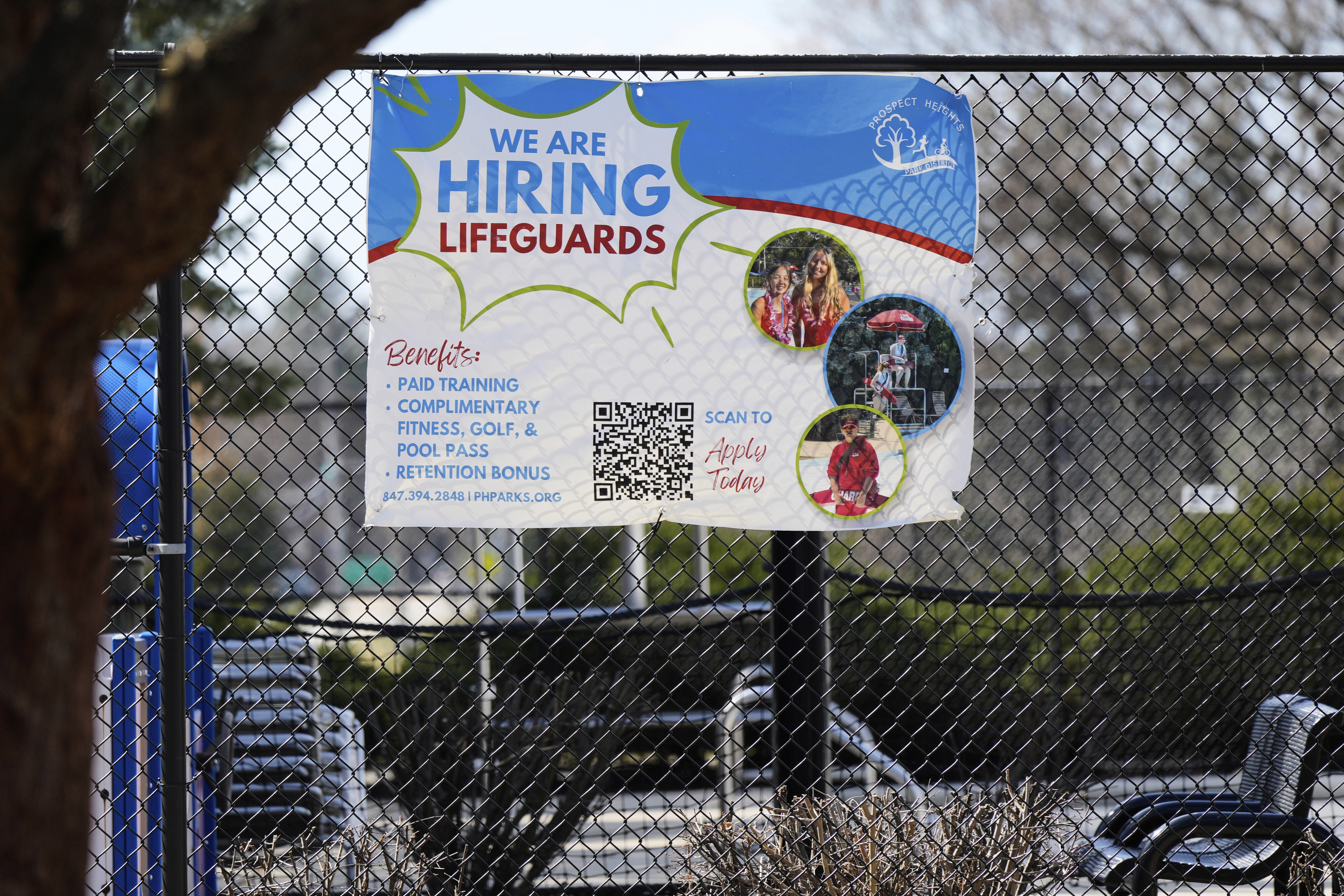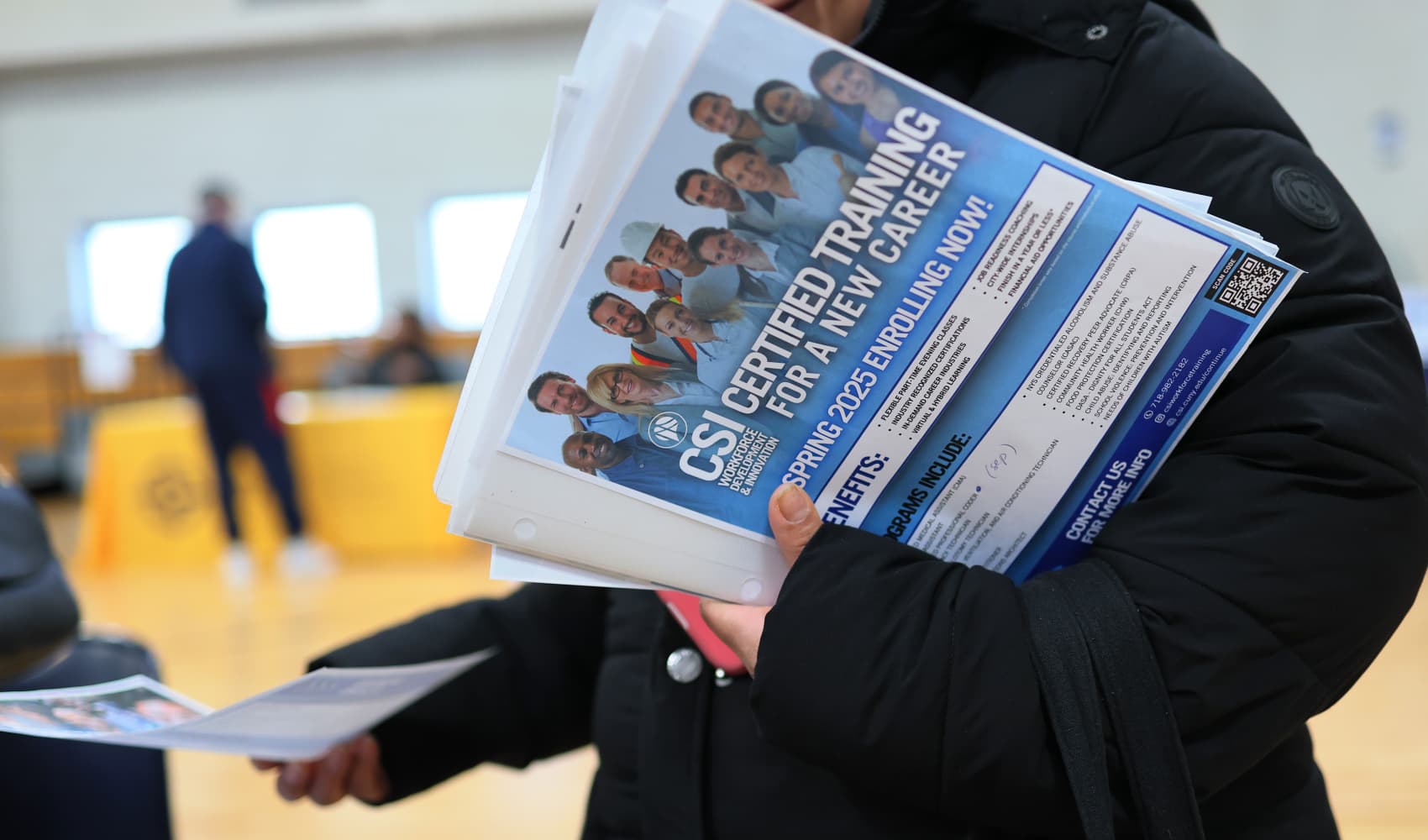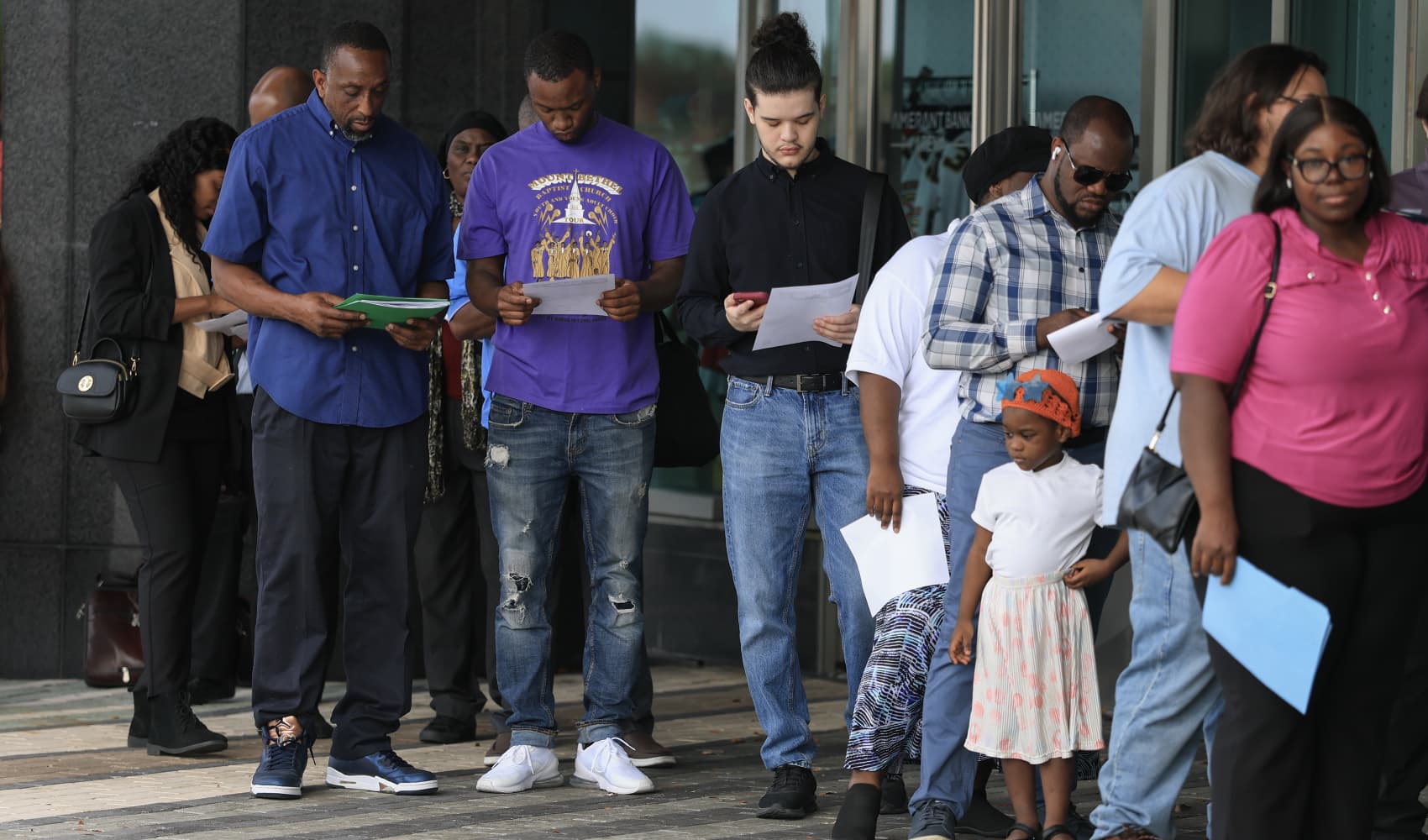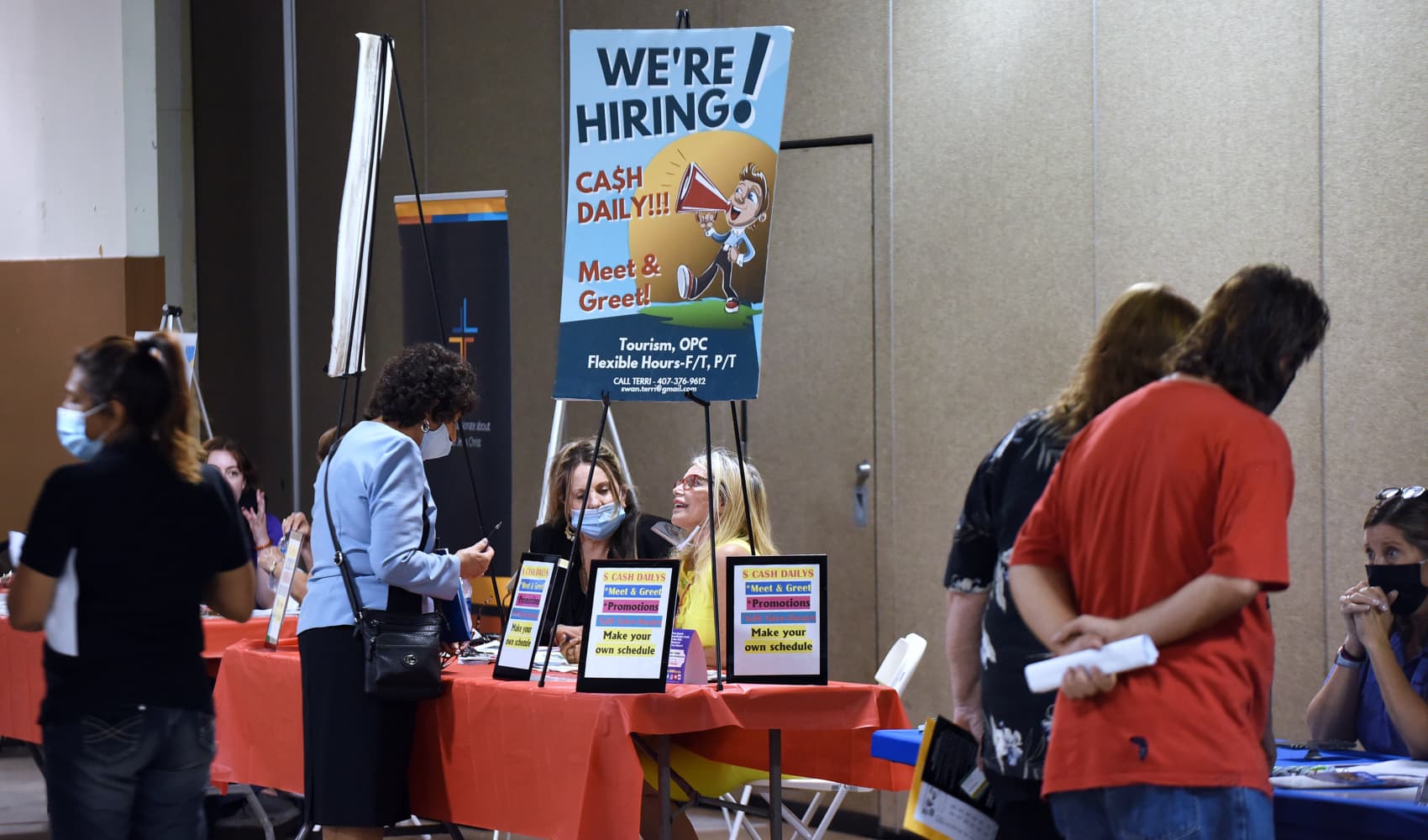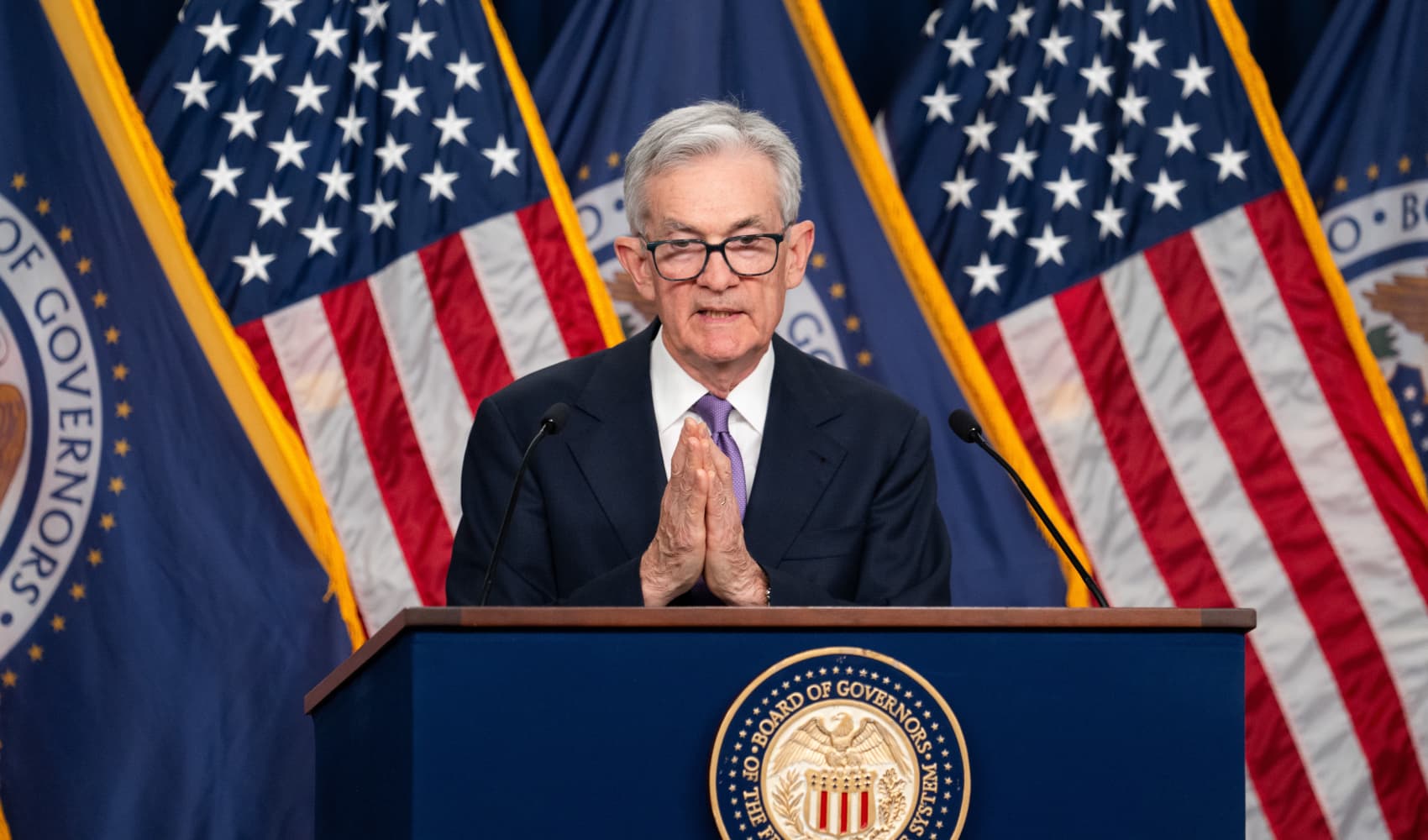Recession Fears? Chevron CEO Says Not Yet! [Insights]
Chevron CEO Says: No Recession in Sight for the U.S. Economy!
Introduction: Is the U.S. Economy Headed for a Downturn? Chevron Weighs In
Are we on the brink of a recession? It's a question on everyone's mind, from Wall Street investors to Main Street families. Economic indicators are a mixed bag, and conflicting reports make it hard to know what to believe. But what do the big players think? According to Chevron CEO Mike Wirth, the answer is a resounding "no… at least not yet." In a recent interview, Wirth stated that Chevron is not seeing any signs that the U.S. economy is close to a recession. Let’s dive deeper into what this means and what factors are at play.
Oil Prices and the Permian Basin: A Crucial Connection
Wirth also touched upon the impact of oil prices on production, particularly in the Permian Basin. He noted that prices at $60 per barrel or lower could negatively affect production in this critical region. So, how do these two statements – no recession and low oil prices – connect? Let's explore this further.
The Permian Basin: A Key Player in U.S. Oil Production
The Permian Basin is a vast, oil-rich area spanning parts of West Texas and Southeastern New Mexico. It’s a powerhouse of U.S. oil production. Lower oil prices can make it less profitable for companies to drill and extract oil in the Permian. This can lead to reduced investment and slower production growth.
Tariffs and Oil Demand: A Balancing Act
Remember the trade wars? While perhaps less prominent in the news now, the effect of tariffs still linger. Wirth acknowledged that President Trump's tariffs weigh on expectations for oil demand. How do tariffs impact oil? Tariffs can slow down international trade, leading to lower economic activity. Lower economic activity translates to lower demand for oil, potentially putting downward pressure on prices.
"No Signs of a Recession... Yet": What Does This Mean?
“There’s no signs that we see at this point that we are in or close to a recession,” Wirth stated. But he also added, "There are signs that growth may be slowing and we have to always be prepared for that." This is a crucial distinction. Are we simply experiencing a slowdown in growth, or are we inching closer to something more serious?
Growth Slowing vs. Recession: The Defining Line
A slowdown in growth means the economy is still expanding, just at a slower pace. A recession, on the other hand, is a significant decline in economic activity spread across the economy, lasting more than a few months, normally visible in real GDP, real income, employment, industrial production, and wholesale-retail sales.
Chevron's Strategy: Staying the Course
Despite these potential headwinds, Chevron is not changing any of its plans in response to lower prices. This suggests a long-term view and confidence in the underlying strength of the U.S. economy. What does this tell us about Chevron's risk assessment?
Long-Term Planning in the Oil Industry
The oil industry is known for its long-term investment horizons. Oil projects can take years, even decades, to develop. Therefore, short-term price fluctuations often don't drastically alter long-term strategies.
The International Monetary Fund (IMF) and Global Growth
(The content references the IMF, but is truncated.) Let's suppose the truncated content alluded to the IMF lowering global growth forecasts. This would create further uncertainty. Even if the U.S. economy remains relatively strong, a slowdown in global growth could still impact U.S. businesses and investments.
Geopolitical Risks and Oil Supply: Wildcards to Watch
Geopolitical events can have a significant impact on oil prices and supply. Conflicts, political instability, and trade disputes can all disrupt the flow of oil and send prices soaring or plummeting. These events can create volatility and uncertainty in the market.
Interest Rates and Inflation: The Fed's Tightrope Walk
The Federal Reserve's (The Fed's) decisions on interest rates play a crucial role in managing inflation and stimulating economic growth. Raising interest rates can help curb inflation but also slow down economic activity. Lowering interest rates can stimulate growth but also risk fueling inflation. The Fed has to walk a tightrope.
Consumer Spending: The Engine of the U.S. Economy
Consumer spending is a major driver of the U.S. economy. Strong consumer confidence and spending can fuel economic growth. However, if consumers become worried about the economy, they may cut back on spending, which can then lead to a slowdown. Is consumer spending sustainable, or are we due for a pullback?
The Labor Market: A Key Indicator of Economic Health
A strong labor market with low unemployment is a positive sign for the economy. It indicates that businesses are hiring and people have jobs, which boosts consumer confidence and spending. But are the gains in the labor market sustainable? Are wage increases keeping pace with inflation?
Supply Chain Issues: Still a Factor?
While they’ve eased, supply chain disruptions stemming from the pandemic and geopolitical events still linger. These disruptions can lead to higher prices and shortages of goods, which can impact economic growth. Can supply chains fully recover, or will they remain a constraint on the economy?
Housing Market: Cooling Down or Crashing?
The housing market is another important indicator of economic health. Rising interest rates have slowed down the housing market, leading to concerns about a potential housing market crash. A significant decline in housing prices could have ripple effects throughout the economy.
Investing During Economic Uncertainty: Staying Calm and Diversified
When economic uncertainty looms, it's tempting to make drastic changes to your investment portfolio. However, history shows that staying calm and diversified is often the best approach. Don't panic sell! Consult with a financial advisor to create a plan that aligns with your risk tolerance and long-term goals.
Conclusion: Reading the Tea Leaves – What's the Bottom Line?
So, what’s the takeaway from Chevron's perspective? While there are no immediate signs of a recession, the U.S. economy is facing headwinds, including the impact of tariffs, potentially lower oil prices, and global economic uncertainty. Chevron is maintaining its long-term strategy, suggesting a degree of confidence. However, economic conditions can change quickly, so it’s crucial to stay informed and be prepared. The key indicators to watch include consumer spending, the labor market, and the housing market. Whether we're heading for a soft landing, a slowdown, or something worse remains to be seen.
Frequently Asked Questions (FAQs)
- 1. What are the main factors that could trigger a recession in the U.S.?
- A combination of factors could trigger a recession, including a sharp decline in consumer spending, rising interest rates that stifle economic activity, a significant shock to the global economy, or a financial crisis.
- 2. How does the price of oil affect the U.S. economy?
- Oil prices have a significant impact on the U.S. economy. Higher oil prices can lead to increased inflation, higher transportation costs, and lower consumer spending. Lower oil prices can benefit consumers but also negatively affect oil-producing regions and companies.
- 3. What does it mean for the economy if Chevron doesn't change its plans despite lower oil prices?
- Chevron not changing its plans suggests that they believe lower oil prices are temporary or that they have the financial strength to weather a period of lower profitability. It can also indicate confidence in the long-term demand for oil.
- 4. What are some things I can do to protect myself financially during economic uncertainty?
- During economic uncertainty, it's important to have a solid financial plan. This includes having an emergency fund, diversifying your investments, paying down debt, and carefully managing your spending.
- 5. How reliable is the CEO's assessment of the economic outlook?
- While a CEO's assessment provides valuable insights, it's important to remember that it represents one perspective. CEOs have access to internal company data and industry trends, but their view may be influenced by their own company's interests. It's best to consider a variety of sources and data points when assessing the economic outlook.
![Recession Fears? Chevron CEO Says Not Yet! [Insights] Recession Fears? Chevron CEO Says Not Yet! [Insights]](https://media.nbcnewyork.com/2025/04/108113645-1741637974009-gettyimages-2204402038-hc030725wirthceraweek.jpeg?quality=85&strip=all)
